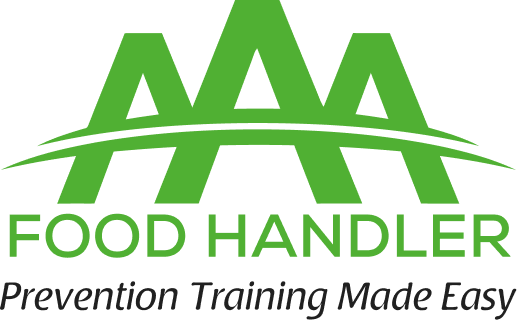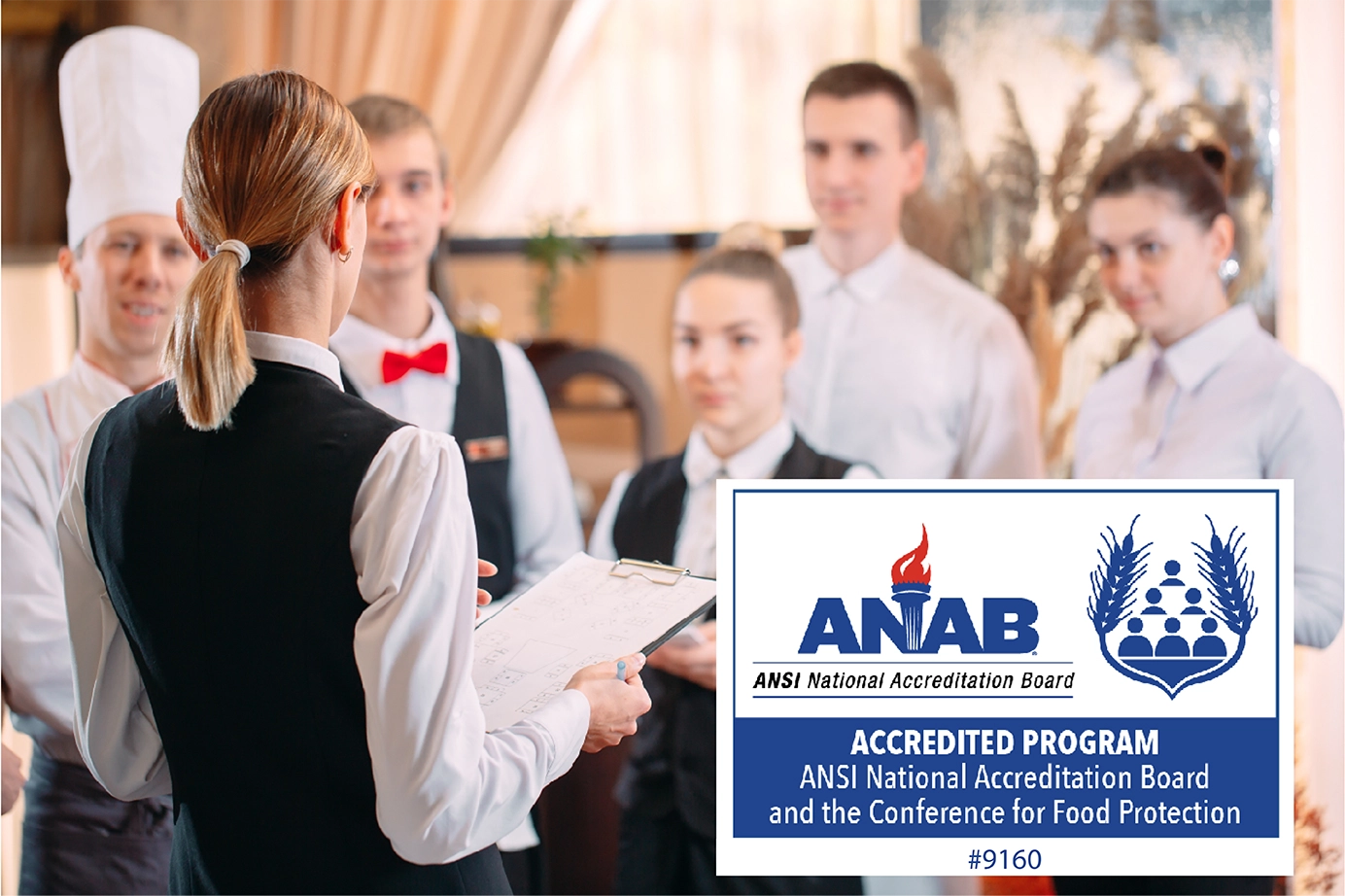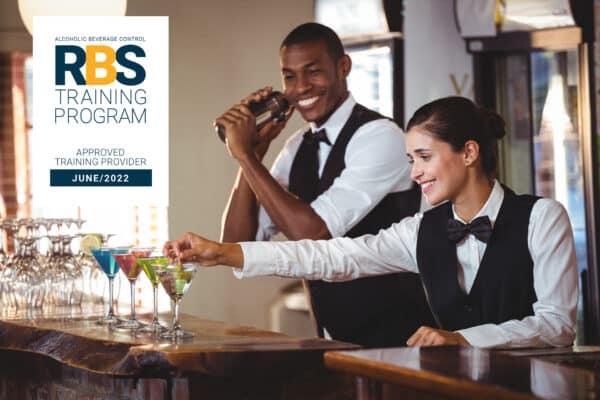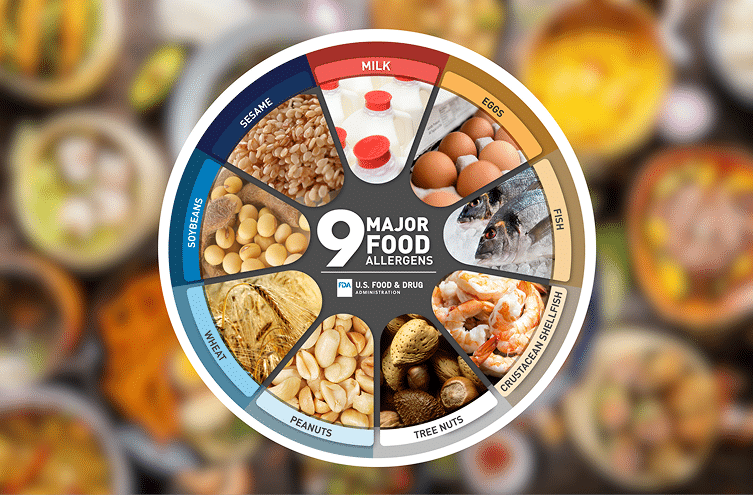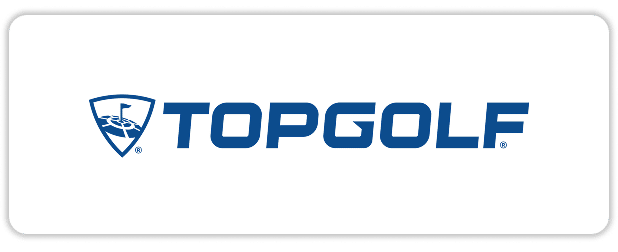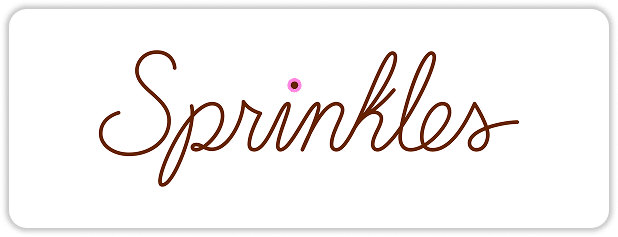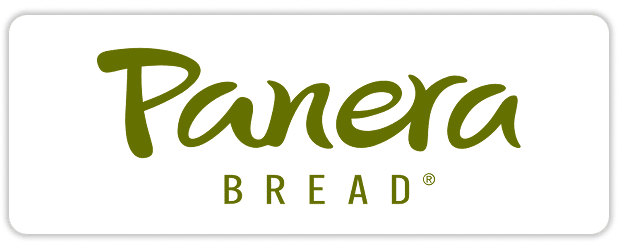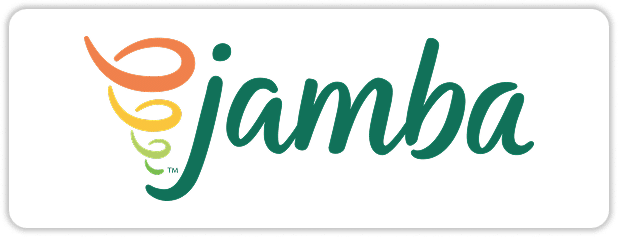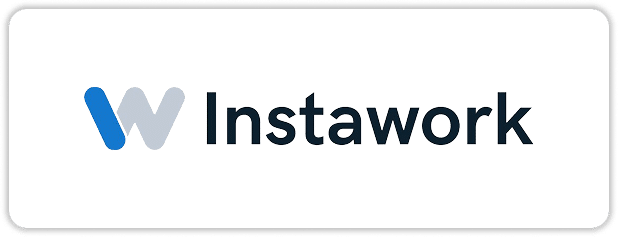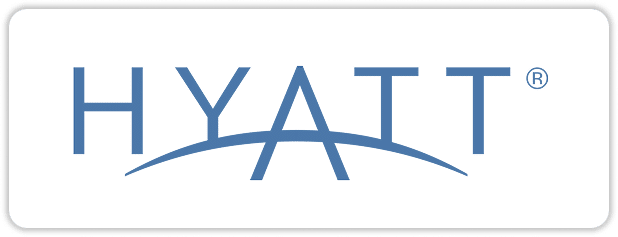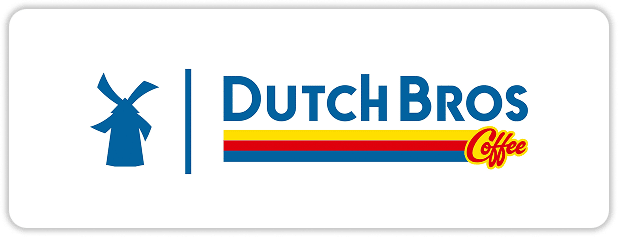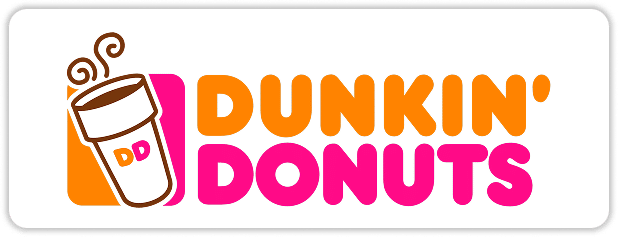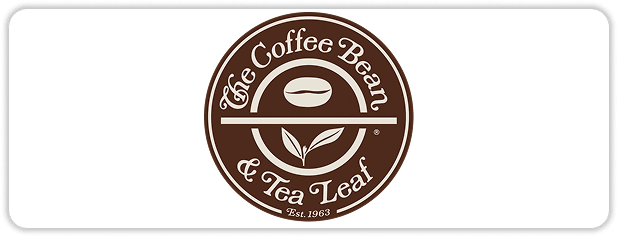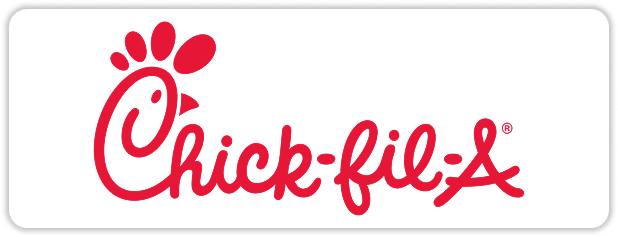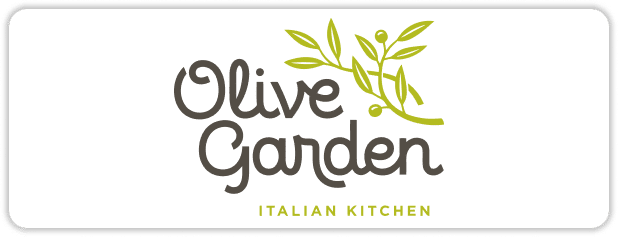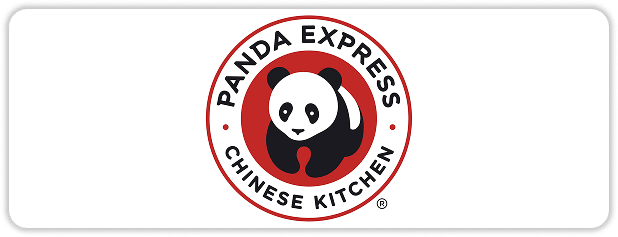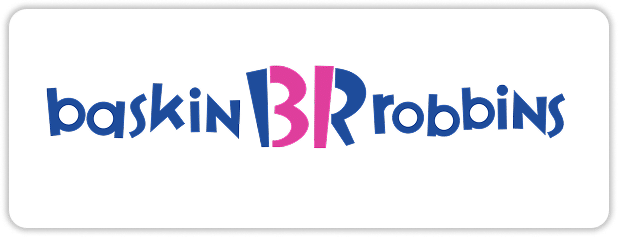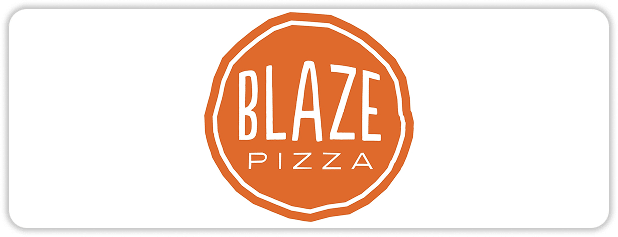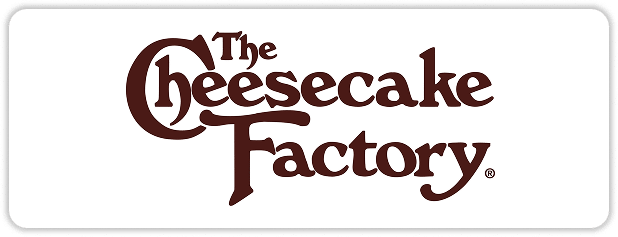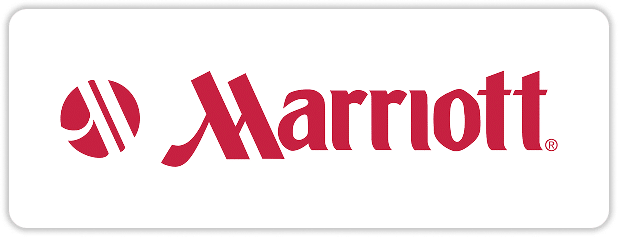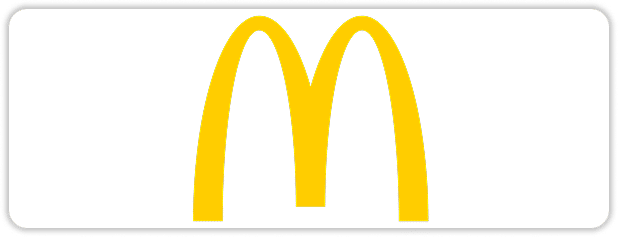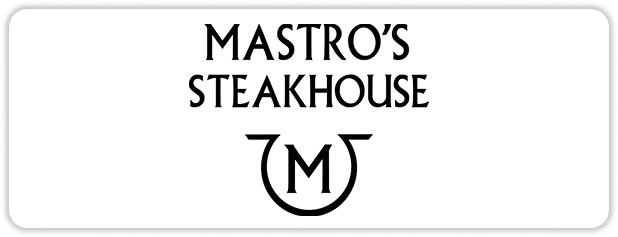
10 Tips for Controlling Food Costs in Your Restaurant
Misjudging orders or overspending on food can directly impact your profit margins. By using customized forecasting based on historical data, you can enhance restaurant operations and steadily reduce food costs.
Controlling food costs is a constant challenge for restaurant operators, and it has only intensified in recent years. With fluctuating sales, perishable ingredients, and skyrocketing prices, the margin for error has become even smaller.
According to the National Restaurant Association’s latest report, nine out of ten operators say their food costs, as a percentage of sales, are higher than pre-pandemic levels—and most don’t foresee this changing anytime soon.
If you misjudge your food orders or overspend on ingredients, your bottom line suffers. The good news? There are proven strategies to help you handle these costs. From customized forecasting based on historical data to smarter purchasing practices, here are 10 essential tips for controlling food costs in your restaurant and improving your profitability over time.
Essential Strategies for Controlling Food Costs in Your Restaurant

Effective food cost management is key to maximizing your restaurant’s profitability and sustainability. By adopting targeted strategies, you can streamline operations, reduce waste, and ensure that every dollar spent on ingredients contributes to your bottom line.
1. Build a Data-Driven Culture
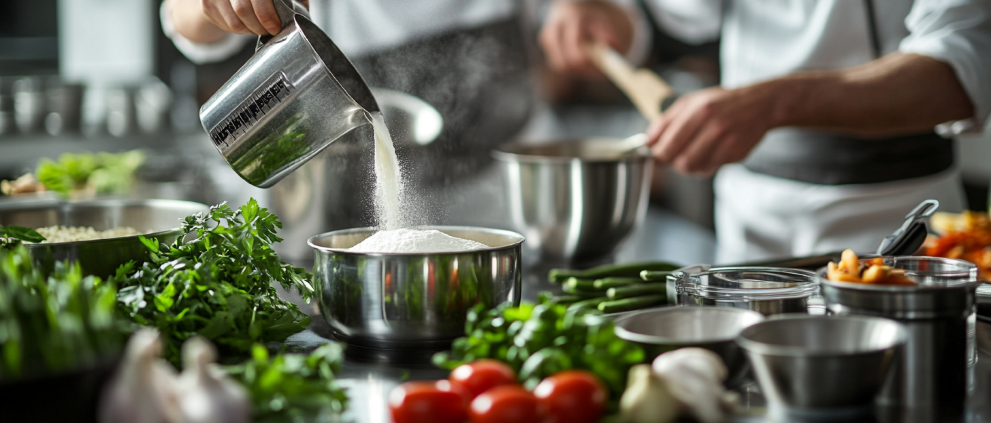
Data is the key to unlocking savings and efficiency in your restaurant operations. To make informed decisions about ordering, inventory, and portion sizes, you need accurate data on sales trends, food usage, and waste. Encouraging a data-driven culture means ensuring that everyone on your team understands the importance of data. With this information at your fingertips, you can make strategic decisions that reduce food costs without sacrificing quality.
2. Closely Manage Your Inventory
Efficient inventory management is vital for controlling food costs. Knowing what ingredients are coming in, what’s being used, and what’s left over can prevent over-ordering and waste. Monitoring inventory closely also helps identify areas of loss, such as kitchen errors or incorrect preparation. This may seem tedious, but it’s one of the best ways to protect your margins.
3. Make CoGS Review Part of Your Daily Routine
Cost of Goods Sold (CoGS) represents the total cost of all ingredients used in your restaurant during a specific period. It’s no longer enough to calculate CoGS once a week. Daily reviews allow managers to quickly spot rising costs and adjust orders to avoid overstocking and waste. By making CoGS part of your daily routine, you stay on top of food costs and avoid surprises at the end of the month.
4. Forecast Sales Year-Round
Accurate sales forecasting based on historical data helps managers make better decisions about how much inventory to order. By predicting demand based on previous trends—whether it’s seasonal shifts or busy weekends—you can reduce excess inventory and avoid costly waste. Sales forecasting also helps optimize staffing levels, which contributes to overall operational efficiency.
5. Use Inventory Tracking to Reduce Waste
Waste is one of the biggest contributors to high food costs. Implementing detailed inventory tracking, backed by sales forecasts, helps minimize this waste. When managers have clear data about what is needed, they can avoid ordering too much or too little of perishable items. This way, you can reduce spoilage and save money.
6. Cost Out Recipes
Knowing the exact cost of each recipe is essential for controlling food costs. By calculating the cost of individual ingredients and portion sizes, you can optimize food usage and reduce waste. Over time, you’ll identify trends that can help you save money by adjusting portion sizes or improving staff training to reduce errors. Recipe costing also allows you to evaluate if any high-cost items need menu adjustments.
7. Price Menu Items Properly
Your menu pricing strategy directly affects your profit margins. Menu engineering involves analyzing which items are popular and profitable and which are underperforming. If you notice you’re selling a lot of low-margin items, consider adjusting portion sizes or raising prices. Conversely, you might promote high-margin dishes that aren’t getting enough attention. Regularly evaluating and tweaking your menu based on data can help maintain a healthy food cost percentage.
8. Track Variances Between Actual vs. Theoretical Food Costs
Tracking the difference between actual and theoretical food costs is a powerful tool for identifying waste. Theoretical food costs represent what your food costs should be based on ingredient prices and portion sizes, while actual food costs are what you actually spend. Any discrepancies could signal over-portioning, kitchen waste, or even theft. Monitoring this variance helps you catch issues early and make timely adjustments.
9. Train, Train, and Re-Train Staff to Focus on Reducing Food Costs
Controlling food costs is not solely the responsibility of management. Your kitchen and service staff play a critical role in minimizing waste and ensuring proper portioning. Ensure that your managers and staff are trained on food cost fundamentals, including FIFO (first-in, first-out) inventory management, proper portion sizes, and reducing mistakes. Regular training keeps everyone focused on minimizing waste, errors, and theft.
10. Ensure Transparency and Accuracy in Vendor Contract Prices
Errors in vendor pricing or invoicing can significantly impact your food costs. Establishing clear communication with your suppliers and regularly reviewing contracts ensures that you’re getting the prices you were promised. Automating your receiving reports can help you catch discrepancies early. This transparency ensures you’re not being overcharged and helps maintain a consistent food cost percentage.
AAA Food Handler: Your Trusted Partner in Food Safety and Cost Control
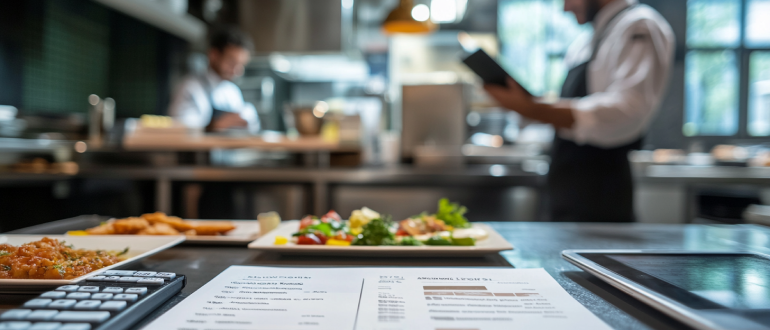
At AAA Food Handler, we understand the unique challenges restaurant operators face when it comes to food safety and cost control. With over 35 years of experience in food handling, food safety, training, and management, we have the expertise to help you manage your kitchen more efficiently, reduce food waste, and stay compliant with regulations. Through proper training and management, we can help your team lower costs, improve efficiency, and keep your business profitable.
